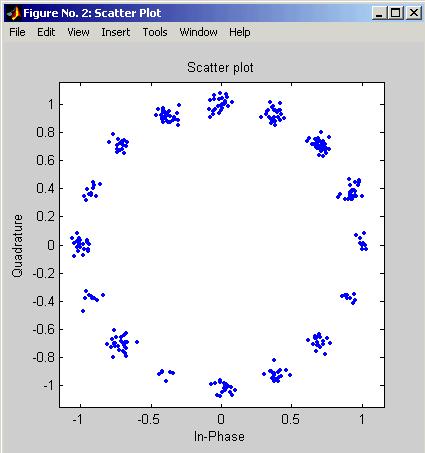karlakos
Newbie level 1
psk modulation
Hallo to everybody!
I am building in matlab an 8ary-PSK modulator with the presence also of awgn noise.. Does somebody have any code to implement this in matlab? Because i have some problems..
Thanks in advance!!
Hallo to everybody!
I am building in matlab an 8ary-PSK modulator with the presence also of awgn noise.. Does somebody have any code to implement this in matlab? Because i have some problems..
Thanks in advance!!


